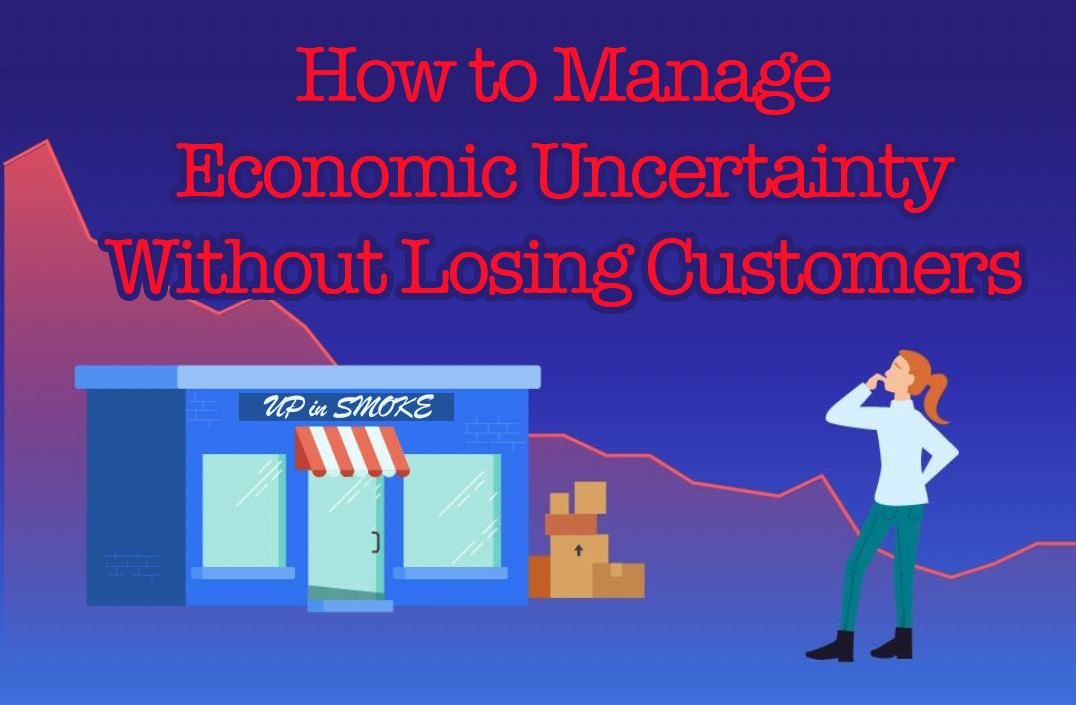The Pitfall of Competing on Price
Adam Wallace emphasizes that the key to successful pricing lies in understanding customer value rather than merely competing on price. He warns against the common pitfall of the “race to the bottom,” where businesses lower their prices in an attempt to attract customers, often sacrificing their profitability in the process. Instead, Wallace advocates for a more strategic approach: identifying and leveraging the unique value that small businesses provide to their customers.
Value Hunters vs. Bargain Hunters
Wallace explains that customers are value hunters, not merely bargain hunters. They are willing to pay a premium for products and services that save them time, solve problems, or enhance their overall experience. He cites the example of Peloton, which saw a significant increase in sales when it raised its prices, demonstrating that higher prices can signal greater quality and value.
Identifying Unique Value Propositions
To help small businesses identify their unique value, Wallace suggests looking beyond mere features and considering how their offerings fit into customers’ lives. He references Apple’s strategy of creating products that simplify and enhance daily activities, rather than just competing on technical specifications.
Case Study: Equine Services Business
Wallace shares a case study involving his brother’s equine services business. His brother was providing high-value services to elite trainers but was undercharging for them while overcharging hobbyists who did not appreciate the same level of expertise. This example illustrates the need for businesses to align their pricing with the actual value delivered to different customer segments.
Value-Based Pricing
Value-based pricing involves setting prices based on the perceived value of the product or service to the customer rather than the cost of production. By understanding what customers value most, businesses can align their pricing with customer expectations. This approach encourages businesses to focus on the benefits and outcomes their products or services provide.
Segmented Pricing
Different customer segments may have varying willingness to pay. By identifying these segments and tailoring pricing strategies accordingly, businesses can maximize revenue. For example, offering discounts to price-sensitive customers while maintaining premium pricing for those who value exclusivity can be an effective strategy.
Bundling and Packaging
Combining products or services into bundles can create perceived value and encourage customers to spend more. This strategy not only increases average transaction value but also enhances customer satisfaction by providing a comprehensive solution. For instance, a software company might bundle its products with premium support services to offer a more attractive package.
Regularly Review Pricing
Businesses should not hesitate to revisit and adjust their pricing strategies regularly. Market conditions, customer preferences, and competitive landscapes can change, and staying attuned to these shifts is crucial for maintaining profitability. Regular reviews ensure that pricing remains aligned with the value delivered and market expectations.
The Challenge of Hourly Billing
A common challenge for service providers is the reliance on hourly billing. Wallace suggests that small business owners should gradually transition to value-based pricing. One effective strategy is to implement block billing or lump-sum pricing, which allows businesses to quote a total price for a service rather than charging by the hour. This approach not only simplifies the quoting process but also encourages businesses to focus on the value they provide rather than the time spent.
Optimize Customer Segments
Identify and focus on the 20% of customers who provide 80% of the value. By optimizing service delivery for these high-value customers, businesses can significantly increase their revenue. This principle, known as the Pareto Principle, helps businesses prioritize their efforts on the most profitable segments.
Avoid Loss Leader Strategies
Instead of using low-priced offerings as loss leaders, Wallace recommends creating initial offerings that maintain a healthy margin. This approach allows businesses to qualify customers based on their willingness to pay for value, setting the stage for future sales. Loss leader strategies can often attract price-sensitive customers who may not be loyal in the long term.
Utilize Gatekeepers
Wallace introduces the concept of “gatekeepers” in pricing strategies. These are initial obstacles or requirements that help filter out customers who may not appreciate the value of a business’s offerings. By establishing a strong initial offering, businesses can ensure they attract customers who are aligned with their value proposition.
The Role of Customer Perception
Customer perception plays a crucial role in pricing strategies. Many companies, especially larger ones, often engage in pricing behaviors that prioritize market penetration and valuation over customer satisfaction. This can lead to frustration among customers, particularly when they feel they are being charged unfairly compared to new customers.
Transparency and Communication
Wallace highlights the importance of transparency in pricing and the need for businesses to communicate their value effectively. He warns against practices that may alienate existing customers, such as offering significantly lower prices to new customers while charging loyal customers more. Transparent pricing builds trust and fosters long-term customer relationships.
The Ultimate Gift: Value
This episode serves as a valuable resource for small business owners looking to refine their pricing strategies and enhance their overall value proposition in a competitive market. By implementing the practical advice shared by Wallace, entrepreneurs can not only survive but also thrive in challenging economic conditions.



















